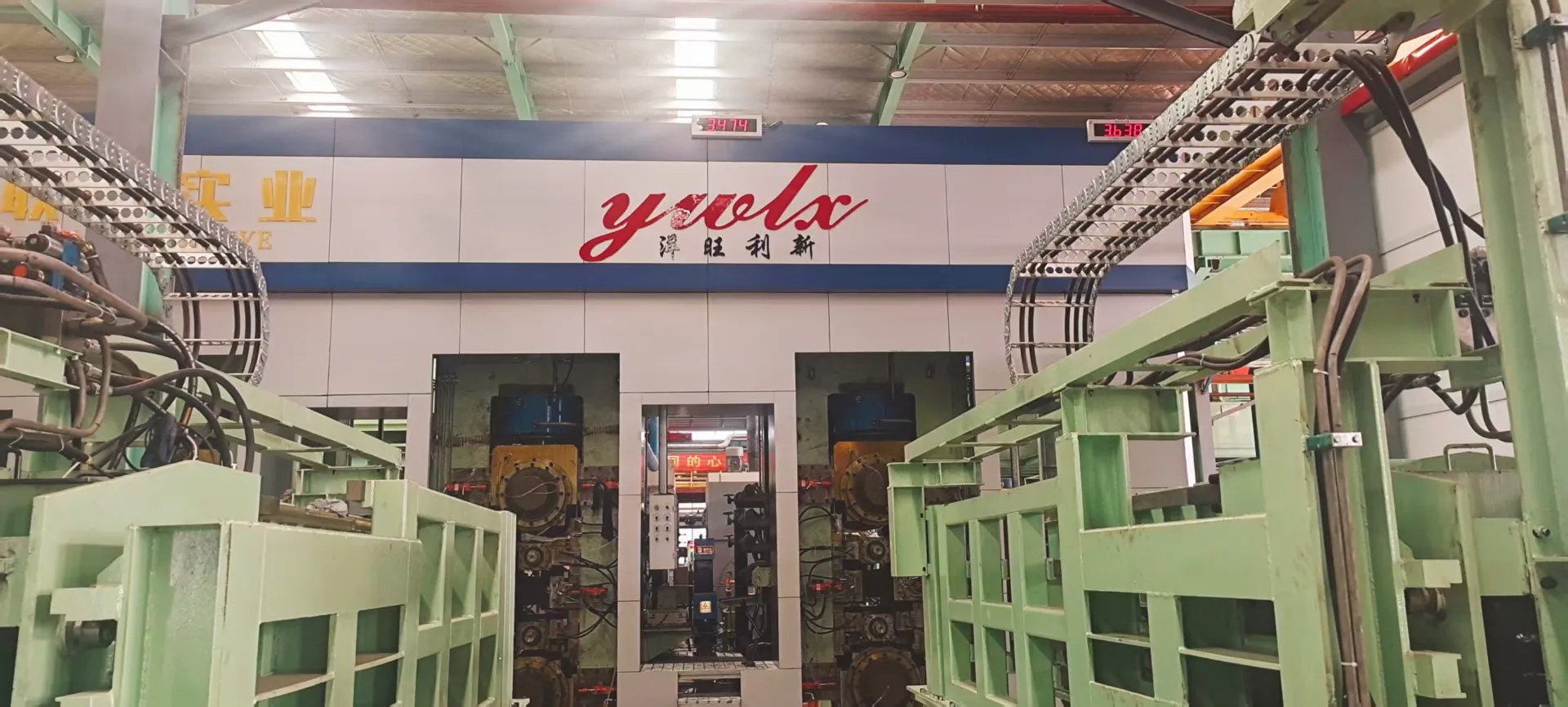
Temper Mill: A Key Component in the Annealing Line
In the world of metal processing, the temper mill plays a pivotal role, especially within the context of an annealing line. A temper mill, also known as a moulin à passe de trempe, is a specialized rolling mill designed to perform temper rolling. Temper rolling is a crucial process that imparts specific mechanical properties to metal sheets or strips after they have undergone annealing.

Temper Rolling: The Process that Enhances Metal Quality
Temper rolling in the annealing line is not just a simple rolling operation. It is a carefully controlled process that refines the microstructure of the annealed metal. When metal is annealed, it becomes softer and more ductile. Temper rolling then steps in to introduce a certain amount of cold work. This cold work, achieved through the controlled compression between the rolls of the laminoir à trempe, adjusts the metal's hardness, yield strength, and surface finish. For example, in the production of steel sheets for automotive or appliance industries, temper rolling ensures that the metal has the right balance of formability and strength. It can eliminate surface imperfections and improve the flatness of the metal, making it more suitable for further processing such as stamping or deep drawing.
Temper Mill Operation: Precision and Control
The operation of a temper mill within an annealing line requires a high degree of precision. Operators need to closely monitor and adjust several parameters. The gap between the rolls is a critical factor. A precise roll gap setting determines the amount of reduction in the thickness of the metal during temper rolling. This, in turn, affects the mechanical properties of the final product. Additionally, the speed of the rolls and the tension applied to the metal strip are carefully controlled. The right combination of roll speed and tension ensures a smooth and consistent temper rolling process. Any deviation in these parameters can lead to uneven rolling, resulting in products with inconsistent quality.
Temper Rolling Mill: Integral to the Rolling Factory
In a usine de laminage, the laminoir à trempe is an integral part of the annealing line setup. The annealing line, with the temper mill at its core, forms a continuous process flow. After the metal is annealed to relieve internal stresses and improve its microstructure, it is immediately fed into the laminoir à trempe. This seamless integration allows for efficient production. The usine de laminage can produce large volumes of high - quality metal products with consistent mechanical properties. The laminoir à trempe also contributes to the overall productivity of the factory by reducing the need for additional post - processing operations. For instance, the improved surface finish and flatness achieved through temper rolling mean that less time and resources are spent on surface treatment or straightening processes.
En conclusion, le temper mill, with its role in temper rolling within the annealing line, is a cornerstone of modern metal processing in a usine de laminage. Its operation and capabilities are essential for producing metal products with the desired mechanical properties and surface characteristics, meeting the stringent demands of various industries.
-
Indian Clients Visit YWLX to Inspect Skin-pass MillNouvellesJun.22,2025
-
Typical Products from Reversing Cold Rolling ProcessNouvellesMay.26,2025
-
Surface Finish Improvement through Skin Pass RollingNouvellesMay.26,2025
-
Integration of AGC Systems in Modern Cold Rolling MillsNouvellesMay.26,2025
-
Cold Rolling in the Context of High-Strength Steel DemandNouvellesMay.26,2025
-
AGC in Hot Rolling Mills: Challenges and SolutionsNouvellesMay.26,2025
-
Why Reversing Cold Rolling Mills Are Ideal for Specialty MetalsNouvellesMay.13,2025










